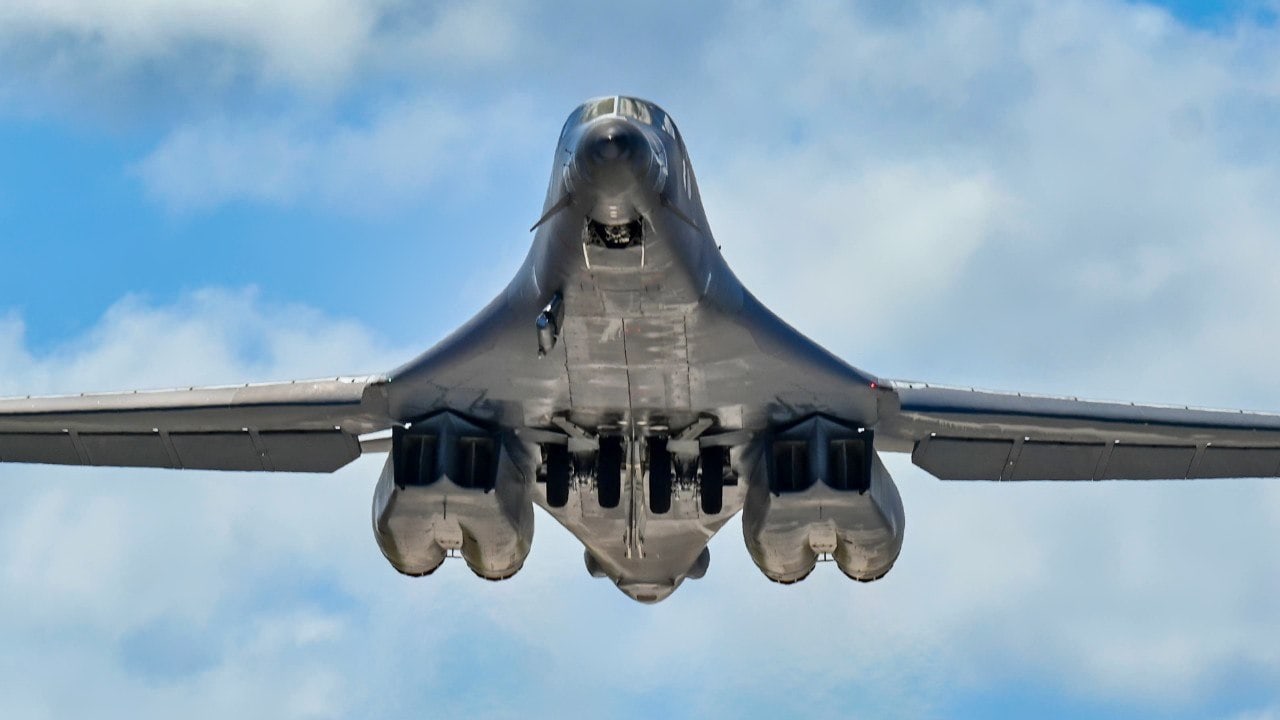China’s military is overconfident. Oh sure, they have some whiz-bang military hardware and more warships than the United States, but their officers and non-commissioned officers lack one important ingredient – combat experience. A future battle between the United States and China over Taiwan or other transgressions in the South China Sea would produce significant casualties on both sides, with sunken ships and downed airplanes. However, the Americans would eventually win.
South China Sea: Why the United States Has the Edge
The U.S. military is better trained, more experienced, and has superior expertise. War is a human endeavor. Whoever has the best-led soldiers, sailors, and pilots will triumph overall. What the United States lacks in quantity in terms of ships and numbers of combatants, it makes up for in quality.
High Morale Is the Key to the Fight
Morale is on the U.S. side due to lengthy service during the Global War on Terror. U.S. personnel have been at war for decades and are on war footing now in East Asia. The Chinese simply have conducted numerous and harmless training exercises with no real push back that could result in casualties.
The Chinese military believes its own propaganda. Their aircraft carriers, airplanes, missiles, tanks, and all the military hardware China employs are supposedly better than the United States. That remains to be seen.
Time to ‘Roll Up’ the Chinese in the South China Sea
I have spoken to naval officers about China’s maritime prowess (or lack thereof), and these people are confident that the United States would “roll up” so many Chinese ships on Day One and Day Two of warfare that China would quickly sue for peace within a week.
The U.S. Air Force and U.S. Navy would start with a shock and awe campaign of Tomahawk cruise missiles from submarines to take out Chinese anti-ship missiles on shore. Air Force stealth fighters and bombers would pierce China’s air defenses and destroy radar, command and control installations, and surface-to-air missiles. China would then give up air superiority to the United States.
The U.S. Navy Has a Vote in the Fight
Then, an additional naval attack would begin. Aircraft carriers in the region would send F-35C Lightning IIs and F/A-18 E/F Super Hornets to go after Chinese carriers. American submarines would render destruction with heavyweight torpedoes.
With its anti-ship missiles, China would get its licks in, but the American carrier strike groups would stay mostly out of range. The Aegis Combat System would form a protective screen to cover the flotilla of ships in the strike groups. There is a chance that a handful of Chinese anti-ship missiles fired from their airplanes would hit a few ships and some American vessels could be sunk, even an aircraft carrier could be in danger.
Scenarios That Could Start the Battle
But China would pay a high price. I don’t see any engagement between the two countries lasting more than a week. How would it start? An attack on Taiwan would be one scenario in which the United States would intervene, and an exchange of missiles and torpedoes could ensue.
There could be an accident, such as an in-air collision of airplanes or a crash between a Chinese andan American ship. Both sides would blame the other and a missile exchange could start.
But would these incidents cause a full-blown shooting war? That is yet to be determined. President Donald Trump has not articulated his strategy for East Asia in military terms except that the Americans are going to be more “lethal.”
But the Under Secretary of Defense for Policy, Elbridge Colby, is quickly fashioning his anti-China strategy that will be released this year. Colby knows just what to do and has been preparing for this job for years.
You have probably heard of China’s anti-access/ area denial strategy. This is supposed to keep the United States military down and out. But the Americans can use this gambit too. If the Chinese were to blockade and quarantine Taiwan, which is a high likelihood, the Americans could try their own version of A2/AD. That would mean sealing off the Strait of Malacca in between Malaysia and Indonesia. This is a chokepoint that the Americans could block and keep oil from transiting to China. The country would not be able to pursue warfare for long without fuel.
China should be given credit for modernizing its military. They have all the toys any nation could want. But they are overplaying their hand. The Americans are ready for any incident that could spark a war. Their submarines and carriers are better, and the individual sailors, airmen, soldiers, and marines are highly trained and more experienced at combat.
China is thus overconfident in its abilities, and its military hardware is not combat-proven. This will come down to humans over technology. Yes, the anti-ship missiles from China will be consequential. They have two stealth fighters they can throw at the fight, and their ships have the numbers to do damage to the U.S. Navy.
But don’t count the Americans out just yet. The Navy and Air Force are ready for battle at all times, and China should not start a fight it cannot win outright.
About the Author: Dr. Brent M. Eastwood
Brent M. Eastwood, PhD is the author of Don’t Turn Your Back On the World: a Conservative Foreign Policy and Humans, Machines, and Data: Future Trends in Warfare plus two other books. Brent was the founder and CEO of a tech firm that predicted world events using artificial intelligence. He served as a legislative fellow for U.S. Senator Tim Scott and advised the senator on defense and foreign policy issues. He has taught at American University, George Washington University, and George Mason University. Brent is a former U.S. Army Infantry officer. He can be followed on X @BMEastwood.

